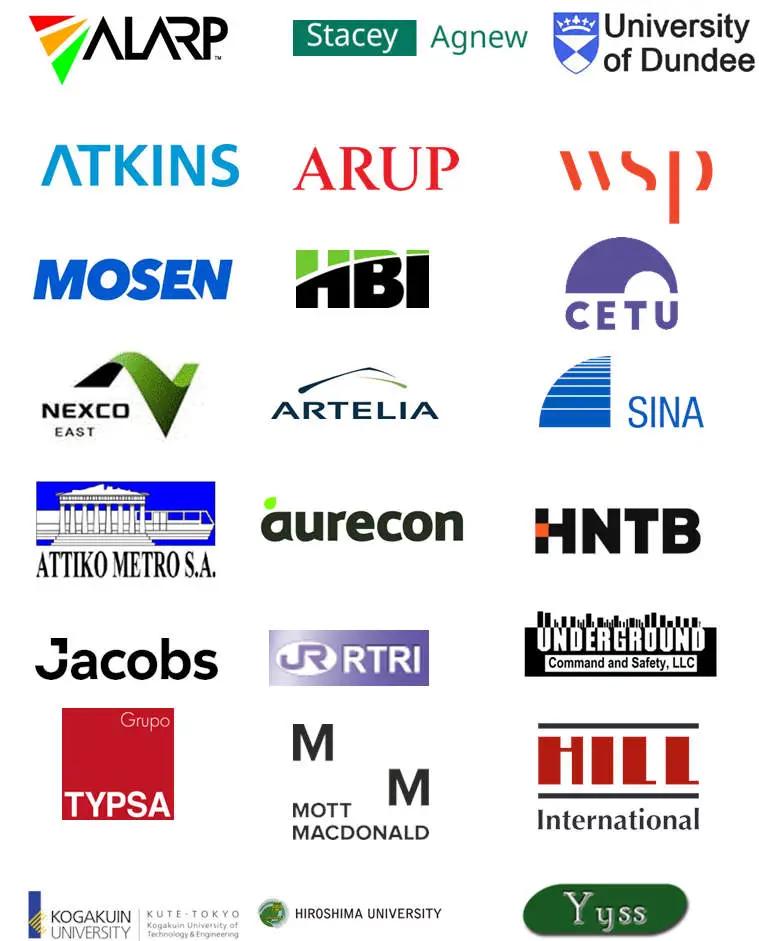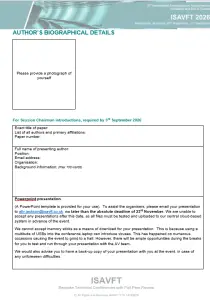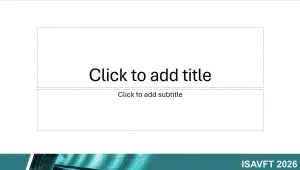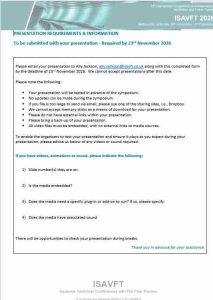
Call for Papers
The symposium is seeking paper submissions on a wide range of topics related to aerodynamics, ventilation, and fire safety in various types of tunnels, including facility, road, and rail tunnels, as well as underground stations.
An over-arching focus theme is digitalisation during the planning phase and for commissioning of tunnel-ventilation systems.
The scope of the call for papers encompasses both theoretical and practical aspects and includes the following key areas related to aerodynamics, ventilation, and fire safety in underground facilities:
Theoretical and Practical Studies: Research and case studies covering both theoretical and practical aspects
Design: Including considerations for future-proofing designs.
Design Basis: Discussion of different approaches to design, such as code-based, risk-based, performance-based, and experience-based.
Sustainable Design: Examples and discussions on sustainable design practices.
Fixed Fire Suppression Systems: Evaluation and implementation of fixed fire suppression systems.
Contractual Arrangements: Lessons learned from contractual arrangements.
Upgrading: Strategies and experiences related to upgrading projects.
Testing and Commissioning: Insights into the testing and commissioning phases
Operation: Covering routine operations, maintenance, control, and inspections.
Response to Fire and Incidents: Strategies and experiences in responding to fire and other incidents.
Cost and Environmental Impacts: Exploration of the cost and environmental impacts associated with underground infrastructure projects.
Thermal and Pollution Issues: Addressing thermal and pollution-related challenges in underground environments.
Air Quality: Efficient ventilation systems, removing pollutants and exhaust gases.
Energy Efficiency: Ventilation, energy consumption and reduction of the environmental impact of tunnel operations.
Future Developments: Exploring emerging trends such as electric and hydrogen vehicles, driverless vehicles, and innovative tunnel equipment.
Smart Tunnels:
Advanced Modelling: Use of digital twins and other tools to simulate tunnel behaviour under dynamic loads.
Predictive Applications: Maintenance planning and emergency preparedness supported by advanced modelling.
Risk Mitigation Strategies: Automated alerts, adaptive and ventilation.
Vehicle-to-Infrastructure (V2I) & Vehicle-to-Vehicle (V2V) Systems: Data transfer technologies enabling proactive traffic management and rapid incident response.
Ultra-high-speed Road & Rail Vehicles: Including Maglev and Hyperloop systems, and their implications for tunnel design, safety and operations.
Authors Information
Submission Timetable
Authors are invited to submit title and abstract within the scope of the conference to reach Ally Jackson by 15th January 2026. The abstract must be a maximum of 300 words and be relevant to the scope and the title should briefly describe the content of the paper. Abstracts may be submitted by email to: ally.jackson@isavft.co.uk
Abstract deadline – 15th January 2026
Manuscript deadline – 18th June 2026
Final manuscript deadline – 3rd September 2026
Presentation deadline- 23rd November 2026
Please download these documents for guidance on writing your technical paper and designing your presentation. Please ensure the forms are submitted by the deadlines.
STAGE 1
Before writing your paper
STAGE 2
Writing your paper
STAGE 3
Before designing your presentation
STAGE 4
Who is presenting?
STAGE 5
Designing your presentation
STAGE 6
Finalising your presentation
Technical Paper Layout Template
Please use this template to write your paper
Author’s Notes on Presenting
Please consider all points before presenting
Presentation Requirements Form
To be submitted with your presentation on 23rd November 2026
Important Note for Authors
Please ensure you have registered for the symposium by 30th October 2026, this is to ensure your paper is published and your presentation slot in the final programme is guaranteed.
Selection Of Papers
Selection of papers will take account of originality, relevance and likely interest to delegates. Predominantly theoretical papers are normally expected to include experimental or other practical validation. Papers should be of a technical nature and we recommend that authors also take an exhibition stand should they wish to support their presentations with commercial material.
Important Notes for Authors
Papers must be original, unpublished, and not pending publication elsewhere.
The author submits each paper on the understanding that the paper must be reviewed and approved by an independent referee. If the paper is accepted, the author must attend the whole conference to present the paper and discuss with delegates. Each presenting author is entitled to 25% discount on the full conference fee.
Papers, and presentations at the conference, must be in English.
Papers should be no longer than 15 printed pages. There is no minimum length.
The title should be appropriate to the scope and should accurately describe the content of the paper.
ISAVFT will supply guidelines for the preparation of manuscripts. Papers conforming to these guidelines will, subject to final refereeing, be accepted for commercial publication.
The copyright of accepted papers must be transferred to the Publisher. Authors who wish to retain copyright must notify the organisers when submitting their abstracts.
Our Supporters








